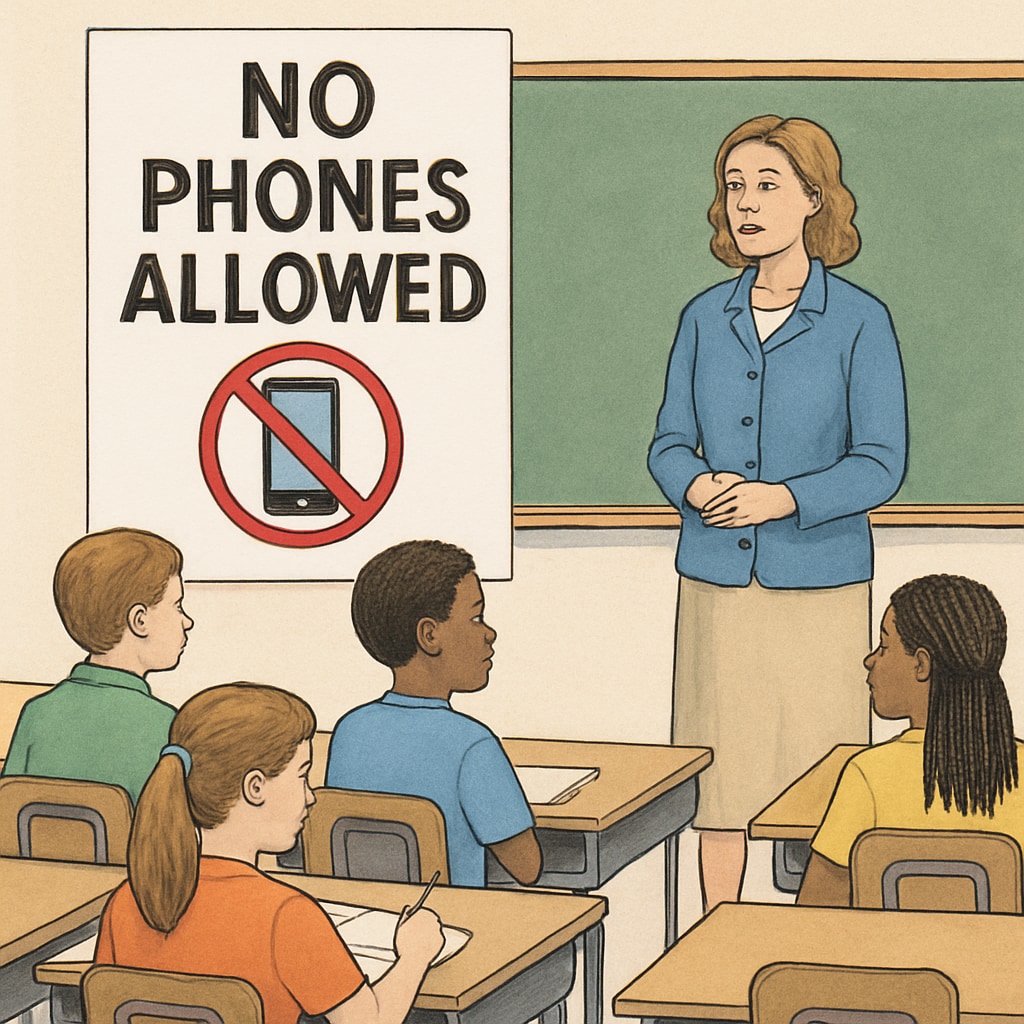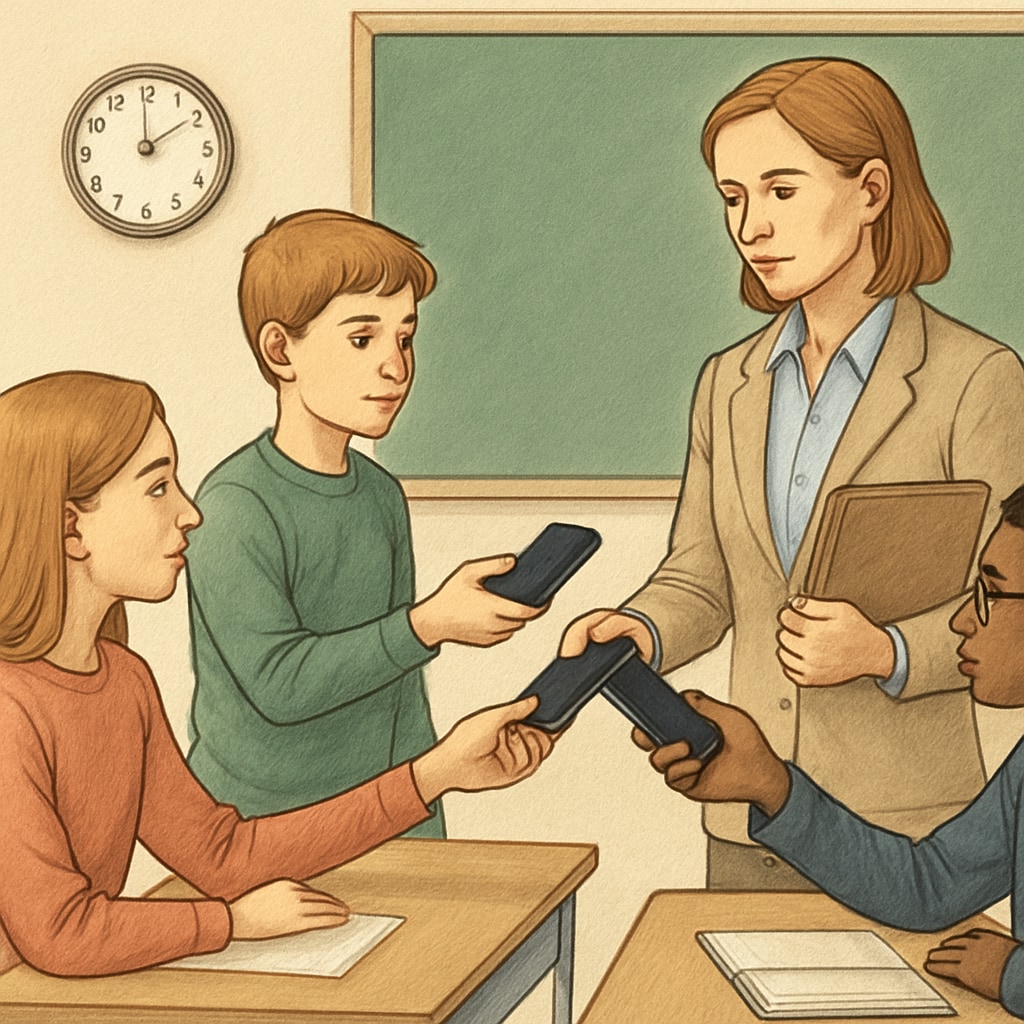The recent implementation of a campus phone ban across many American public schools has sparked a wave of discussions among educators, parents, and students. This policy, which restricts the use of mobile phones during school hours, has highlighted stark differences in approaches between public and private institutions. While public schools tend to enforce stricter bans, private schools often adopt more flexible guidelines. This article delves into the nuances of these policies and examines the varied reactions they have provoked from all stakeholders.
Public vs. Private: Contrasting Approaches to the Campus Phone Ban
Policies surrounding phone usage in schools vary significantly between public and private institutions. Public schools, which are accountable to state regulations, have widely implemented phone bans citing concerns about student focus, cyberbullying, and academic performance. In contrast, private schools, which operate with greater autonomy, often adopt a more lenient approach. They may allow limited phone use during designated times or under specific circumstances.
One reason for this divergence lies in the philosophical and operational differences between these two types of schools. Public schools often serve larger and more diverse student populations, requiring uniform policies to maintain consistency. Private schools, on the other hand, can tailor their rules to align with the preferences of their smaller, more homogenous communities. This flexibility allows private schools to experiment with integrating technology into educational practices, such as using phones for research or collaborative projects.

Stakeholder Reactions: Students, Parents, and Educators
The campus phone ban has elicited mixed reactions from students, parents, and educators. Many educators support the policy, arguing that it reduces distractions and fosters a more focused learning environment. According to a Britannica article on education, minimizing distractions is critical for enhancing classroom engagement and academic outcomes.
Parents, however, are divided. Some appreciate the policy for promoting discipline and reducing screen time, while others worry about their inability to contact their children in emergencies. Students, unsurprisingly, are the most vocal critics. Many argue that phones are essential tools for communication and learning, especially in today’s digital age. They also contend that outright bans ignore the potential educational benefits of mobile devices.

The Debate: Balancing Discipline and Digital Integration
Balancing the need for discipline with the benefits of digital integration remains a challenging task for schools. Experts suggest that instead of outright bans, schools could adopt a more nuanced approach. This might include:
- Designating “phone-free zones” in classrooms while allowing usage in common areas during breaks.
- Incorporating mobile devices into lesson plans to teach digital literacy and responsible usage.
- Providing workshops for parents and students on the risks of excessive phone use, such as cyberbullying and digital addiction.
Additionally, it is important to consider the psychological impact of phone bans. Eliminating access to phones may lead to heightened anxiety for some students, particularly those who use their devices as a source of social connection or emotional support. Schools must weigh these factors carefully when designing policies.
Moving Forward: A Constructive Dialogue
The campus phone ban highlights the broader challenge of managing technology in education. As schools continue to navigate this complex issue, it is essential for all stakeholders—educators, parents, and students—to engage in constructive dialogue. Policymakers must also take into account the specific needs and contexts of their communities.
Ultimately, the goal should be to create policies that strike a balance between fostering discipline and leveraging the benefits of technology. By doing so, schools can better prepare students for the demands of the digital age.
For further reading, explore this Wikipedia article on mobile phone use in schools to understand how different countries have approached this issue.
Readability guidance: Short paragraphs and a balanced use of active voice ensure clarity. Lists are used to summarize key points, and transitions like “however” and “in addition” help maintain flow.


